Can Lower-Income Singaporeans Better Afford HDB Flats In 2024? Here’s What The New Measures Mean
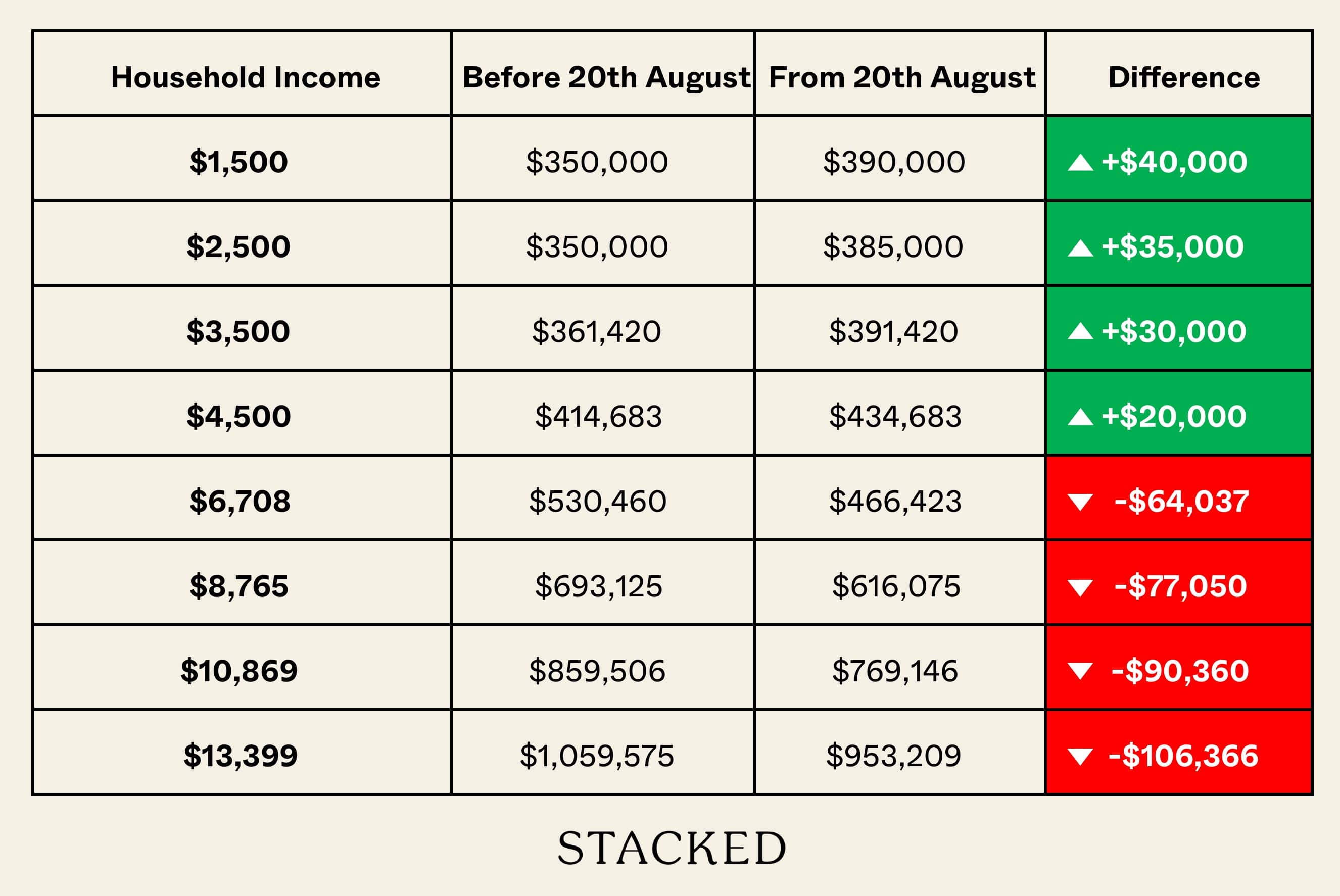
Get The Property Insights Serious Buyers Read First: Join 50,000+ readers who rely on our weekly breakdowns of Singapore’s property market.
A seasoned content strategist with over 17 years in the real estate and financial journalism sectors, Ryan has built a reputation for transforming complex industry jargon into accessible knowledge. With a track record of writing and editing for leading financial platforms and publications, Ryan's expertise has been recognised across various media outlets. His role as a former content editor for 99.co and a co-host for CNA 938's Open House programme underscores his commitment to providing valuable insights into the property market.
Since the news of the cooling measures in August, we’ve written about how it has impacted the middle-class group in Singapore. However, the news comes with a silver lining for the lower-income group – the maximum Enhanced Housing Grant (EHG) subsidy was previously $80,000, but the ceiling has now been raised to $120,000.
In this piece, we take a closer look at how Singapore’s lower-income households are likely to be affected by the recent changes.
First up, here’s how the increased EHG helps:
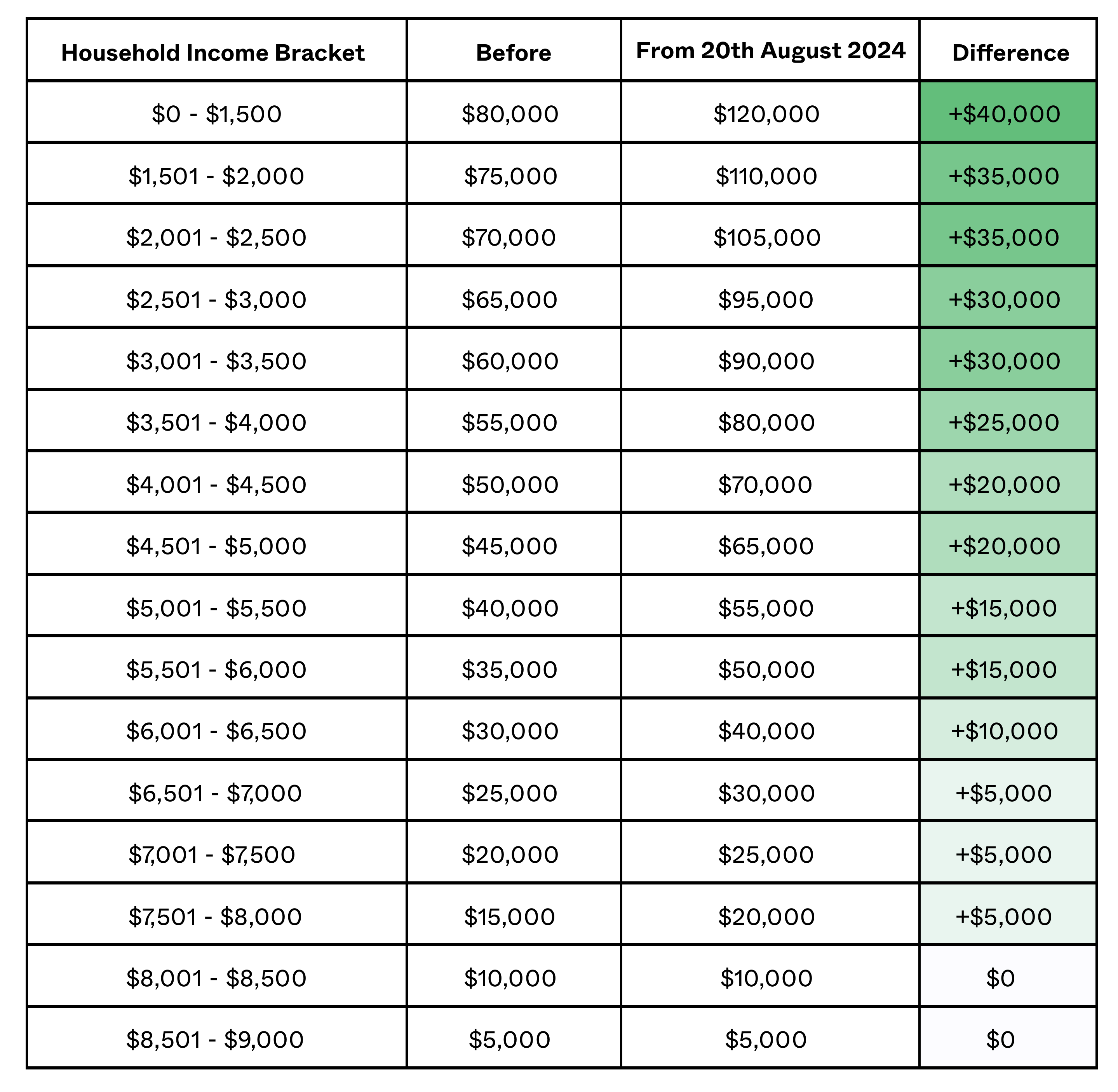
Next, let’s see how it impacts affordability. It has to be said, answering this question puts us in a predicament as we have to make some assumptions. Unlike the middle income where using a simple formula lets us find out what they can afford based on the MSR, lower income groups have to put up a lot more cash/CPF to meet the minimum requirement for even a 3-room HDB flat.
And this is difficult even with the higher Enhanced Housing Grant.
The middle income can simply choose an older flat or a cheaper estate. The lower income has fewer options.
To illustrate, here’s a look at the volume of 3-room flats transacted by price bands, starting with $250K:
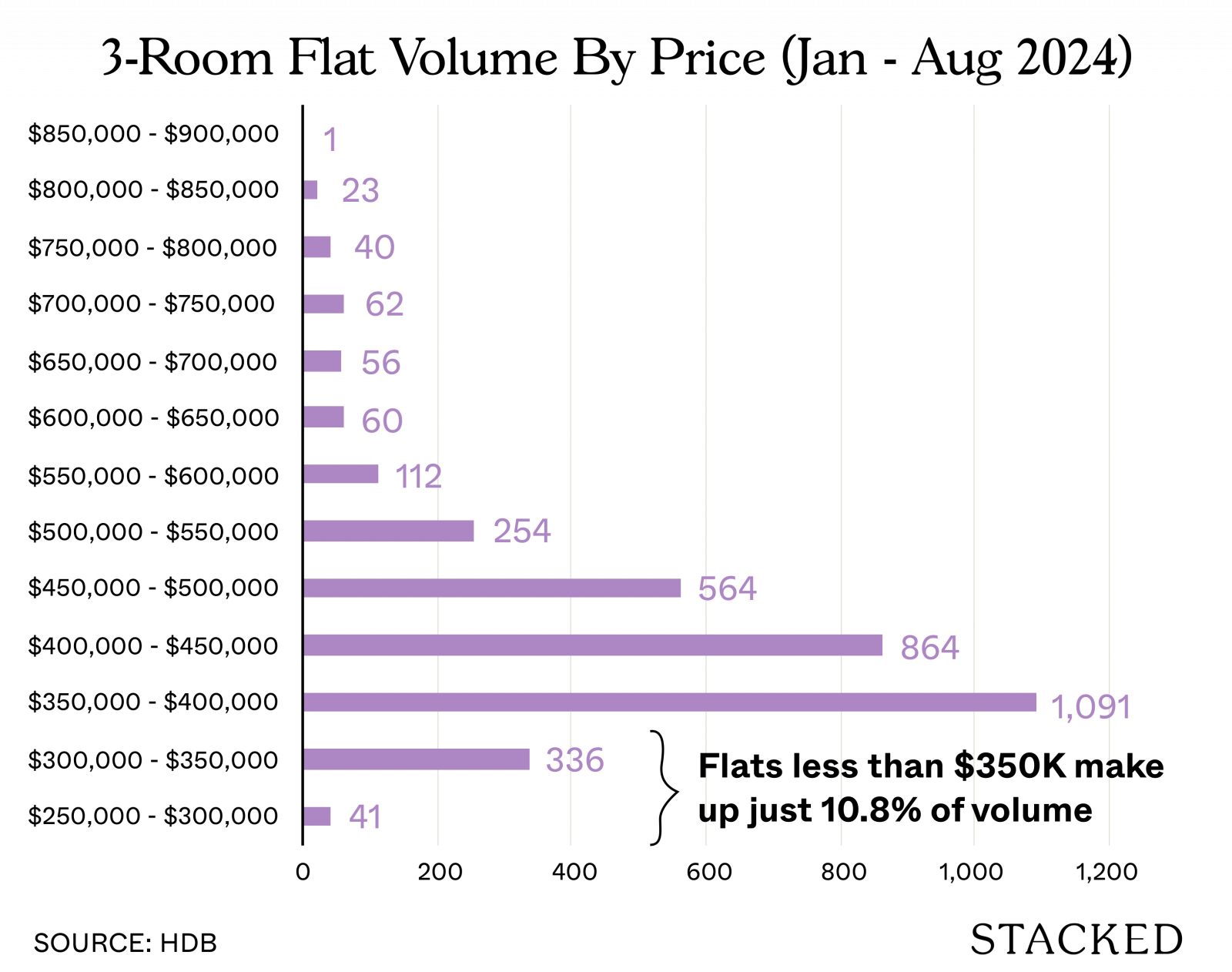
Only around 11% of all 3-room flat transactions (excluding Terrace homes for obvious reasons) transacted for $350K and below. If you’re stuck within this price range, you don’t have a lot of choices at all. These would be the oldest 3-room flats you can buy in Singapore.
Since calculating a purchase price using an MSR formula alone isn’t sufficient, we’ll need to consider a scenario. For example, a lower-income family looking to start their journey towards homeownership might aim to purchase a 3-room flat, typically priced around $350K. We will base our analysis on this assumption.
With that in mind, let’s now look at how the regulation plays out for them.
| Before 20th August 2024 | Household Income | |||
| Type | $1,500 | $2,500 | $3,500 | $4,500 |
| Enhanced CPF Housing Grant | $80,000 | $70,000 | $60,000 | $50,000 |
| CPF Housing Grant (Families) | $80,000 | $80,000 | $80,000 | $80,000 |
| Max Loan (Based on 30% MSR) | $94,894 | $158,157 | $221,420 | $284,683 |
| Max Loan + Grants | $254,894 | $308,157 | $361,420 | $414,683 |
| HDB Flat Price (Loan + 20%) | $350,000 | $350,000 | $361,420 | $414,683 |
| LTV Ratio | 27% | 45% | 61% | 69% |
| Top-Up Required | $95,106 | $41,843 | $0 | $0 |
More from Stacked
Upgrading From A BTO To A 1,550 Sqft Executive Apartment: How A Couple Carefully Planned With A $50k Reno Budget
For some people, their first home may just be their forever home.
The MSR of 30% severely restricts the affordability of a household earning $1,500 (they can loan $94,894). Plus the grants, this comes up to $254,894. At this price, the household will have few options that topping up is necessary. If we assume they have saved up to purchase a $350,000 flat, then the cash/CPF top-up they have to top up $100,306 (including the BSD):
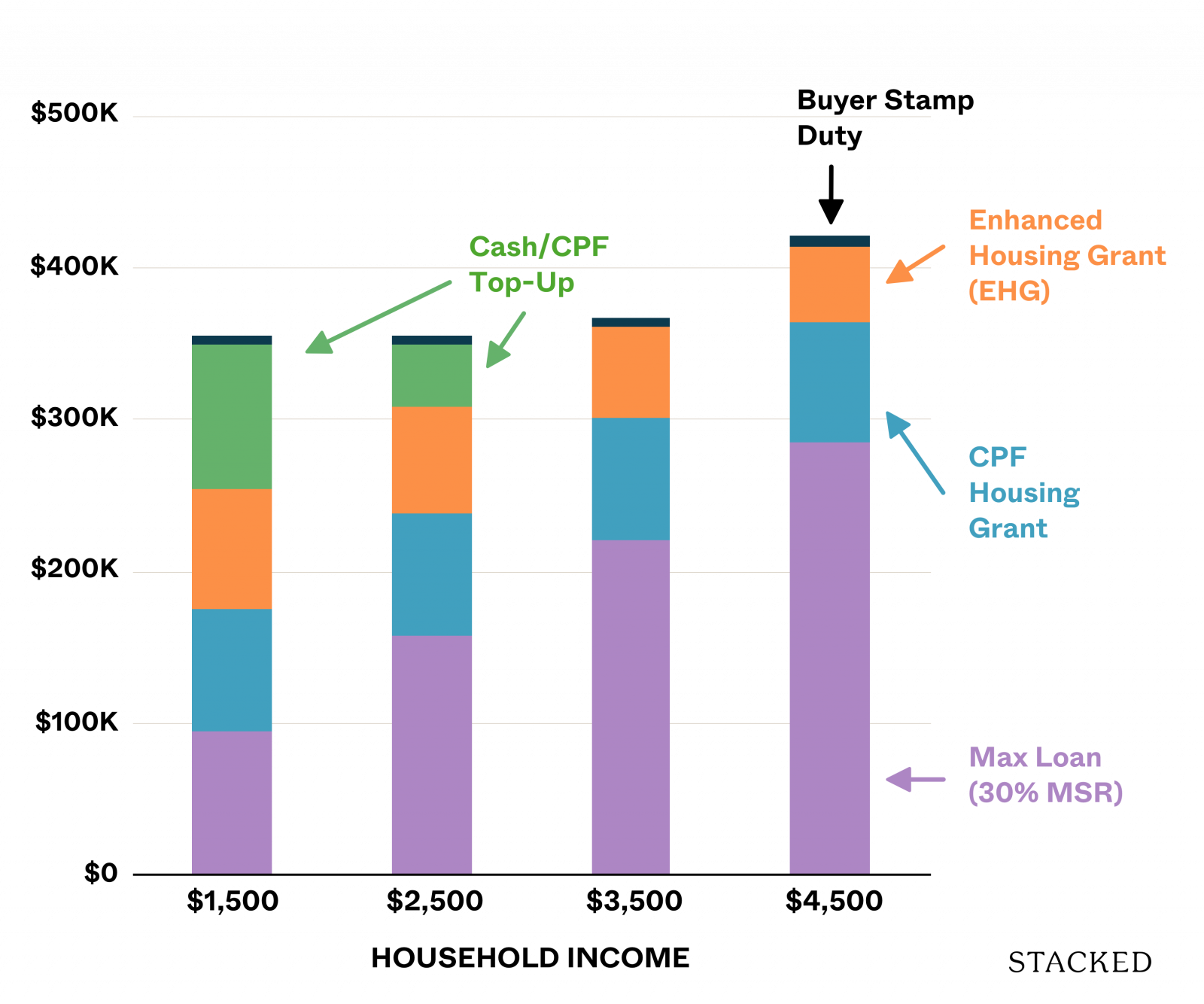
Here’s what their affordability looks like after the recent changes:
| From 20th August 2024 | Household Income | |||
| Type | $1,500 | $2,500 | $3,500 | $4,500 |
| HDB Flat Price (From Previous Example) | $350,000 | $350,000 | $361,420 | $414,683 |
| Enhanced CPF Housing Grant | $120,000 | $105,000 | $90,000 | $70,000 |
| CPF Housing Grant (Families) | $80,000 | $80,000 | $80,000 | $80,000 |
| Max Allowable Loan Based On 75% Of Purchase Price | $262,500 | $262,500 | $271,065 | $311,012 |
| Max Loan Based On MSR | $94,894 | $158,157 | $221,420 | $284,683 |
| Max Loan + Grants | $294,894 | $343,157 | $391,420 | $434,683 |
| Buyer Stamp Duty | $5,200 | $5,200 | $5,443 | $7,040 |
| Top-Up Required | $55,106 | $6,843 | $0 | $0 |
| Difference in top-up | $40,000 | $35,000 | $0 | $0 |
You can clearly see the difference in the change in the Enhanced Housing Grants. Now the low-income group who wants to afford the $350K is closer to being able to afford a $350k flat.
You’ll also see that now, households earning $3,500 and $4,500 saw their affordability go up by $30,000 and $20,000 which is equivalent to the EHG increase. In this case, their affordability is now $391,420 and $434,683 respectively.
Now that we have all the figures, we can put every income group looked at together (based on our previous article here) and see the before-after effects assuming the top-up amount remains the same:
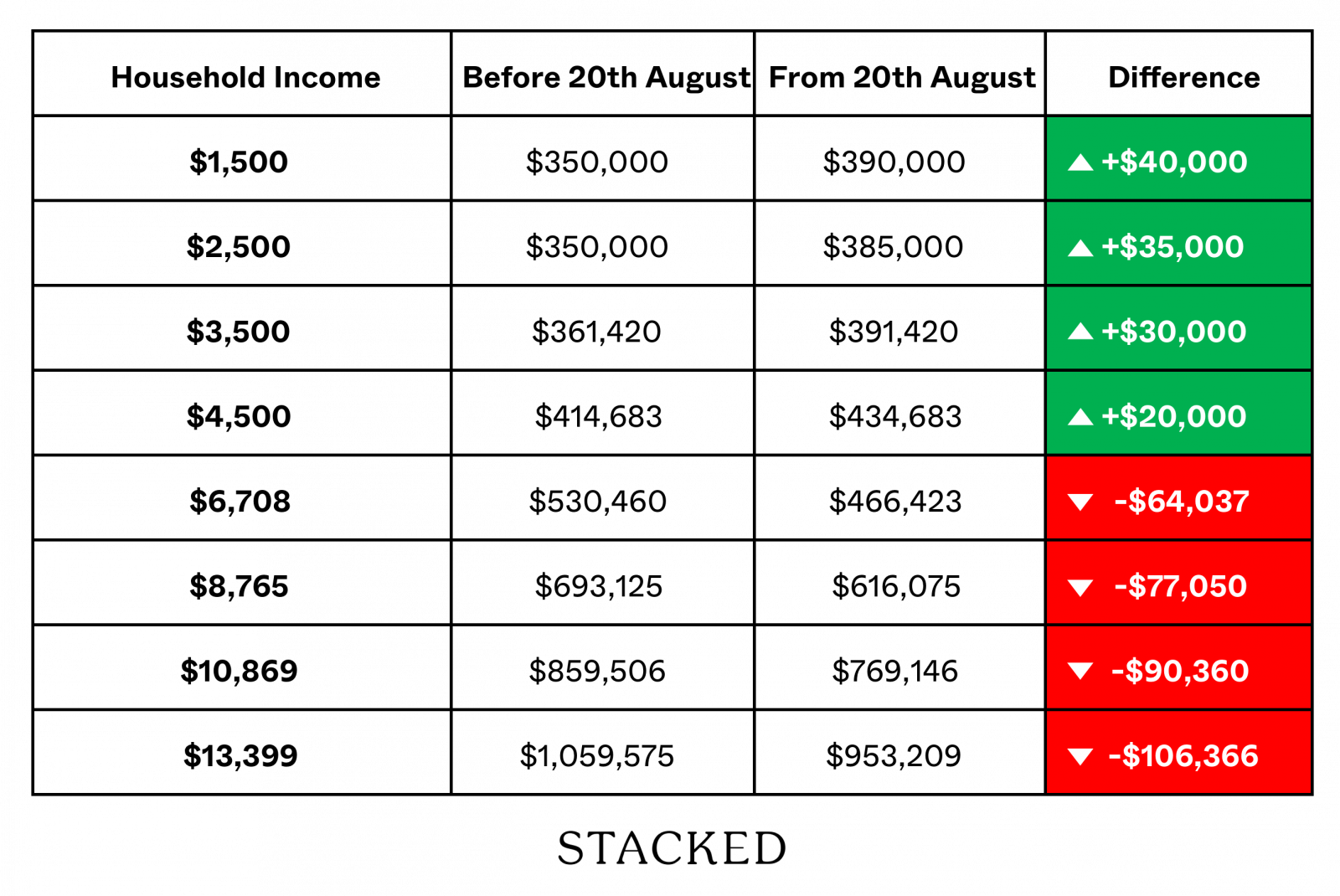
What’s interesting here is how the income groups between $4,500 and $6,708 converge. While the increased grant amount of $20,000 doesn’t look like much, the drop in affordability for middle-income earners who aren’t able to meet the top up puts them in almost the same category as those earning $4,500.
Another way to look at it is – now, lower-income groups, who were hardest hit by inflation and the increased interest rates, have received the greatest benefit. So for those in the lower income, while affordability remains a challenge, the playing field has evened out slightly.
For more on the situation as it unfolds, follow us on Stacked. If you’d like to get in touch for a more in-depth consultation, you can do so here.
Ryan J. Ong
A seasoned content strategist with over 17 years in the real estate and financial journalism sectors, Ryan has built a reputation for transforming complex industry jargon into accessible knowledge. With a track record of writing and editing for leading financial platforms and publications, Ryan's expertise has been recognised across various media outlets. His role as a former content editor for 99.co and a co-host for CNA 938's Open House programme underscores his commitment to providing valuable insights into the property market.Read next from Property Market Commentary

Property Market Commentary Why This Once-Ulu Town In Singapore Is Going To Change (In A Big Way)

Property Market Commentary I Lived In Bayshore When It Was ‘Ulu’. Here’s How Much It Has Changed
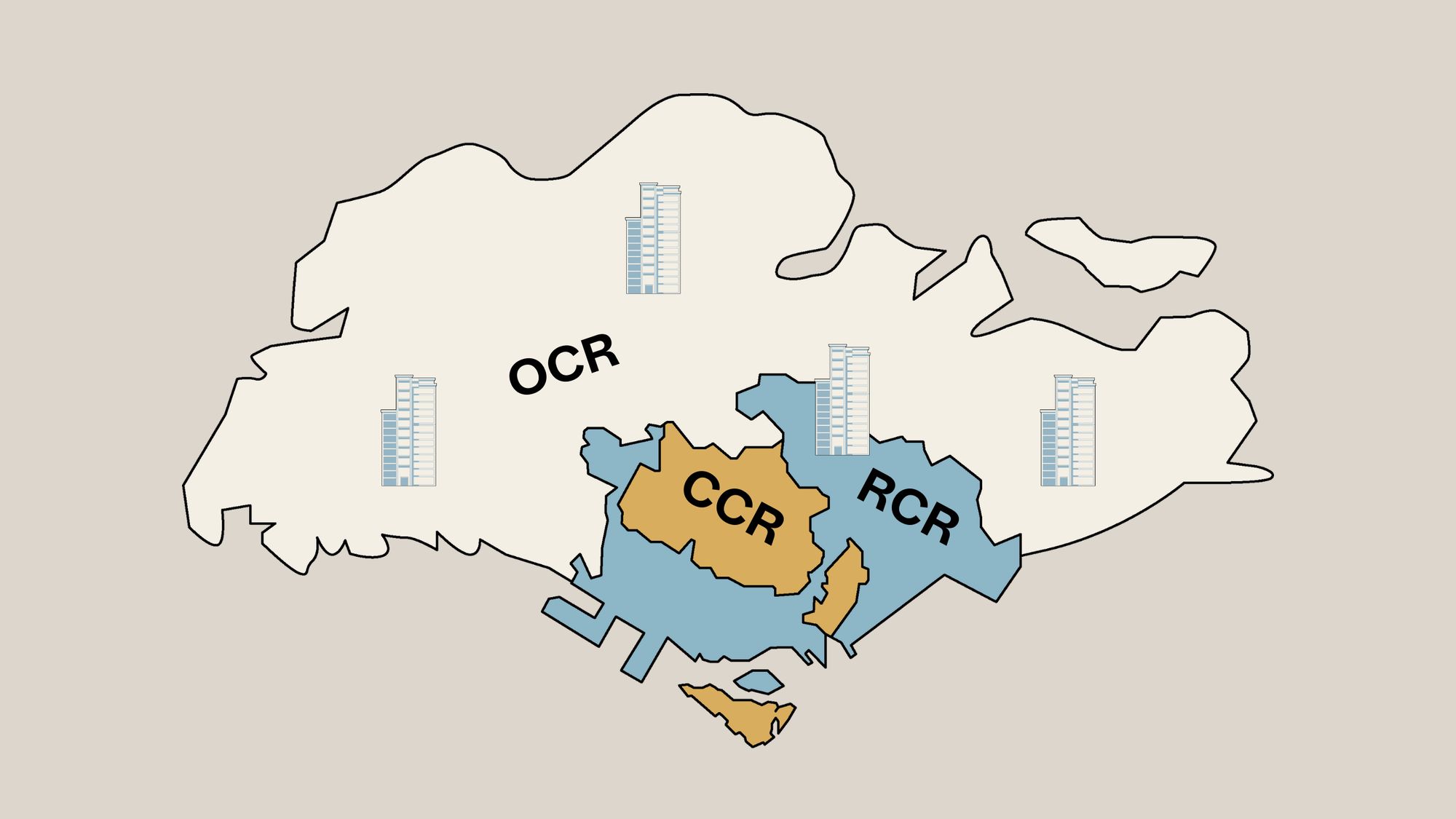
Property Market Commentary Why The Singapore Property Market Will Be Different In 2026 — And It’s Not Just About Prices
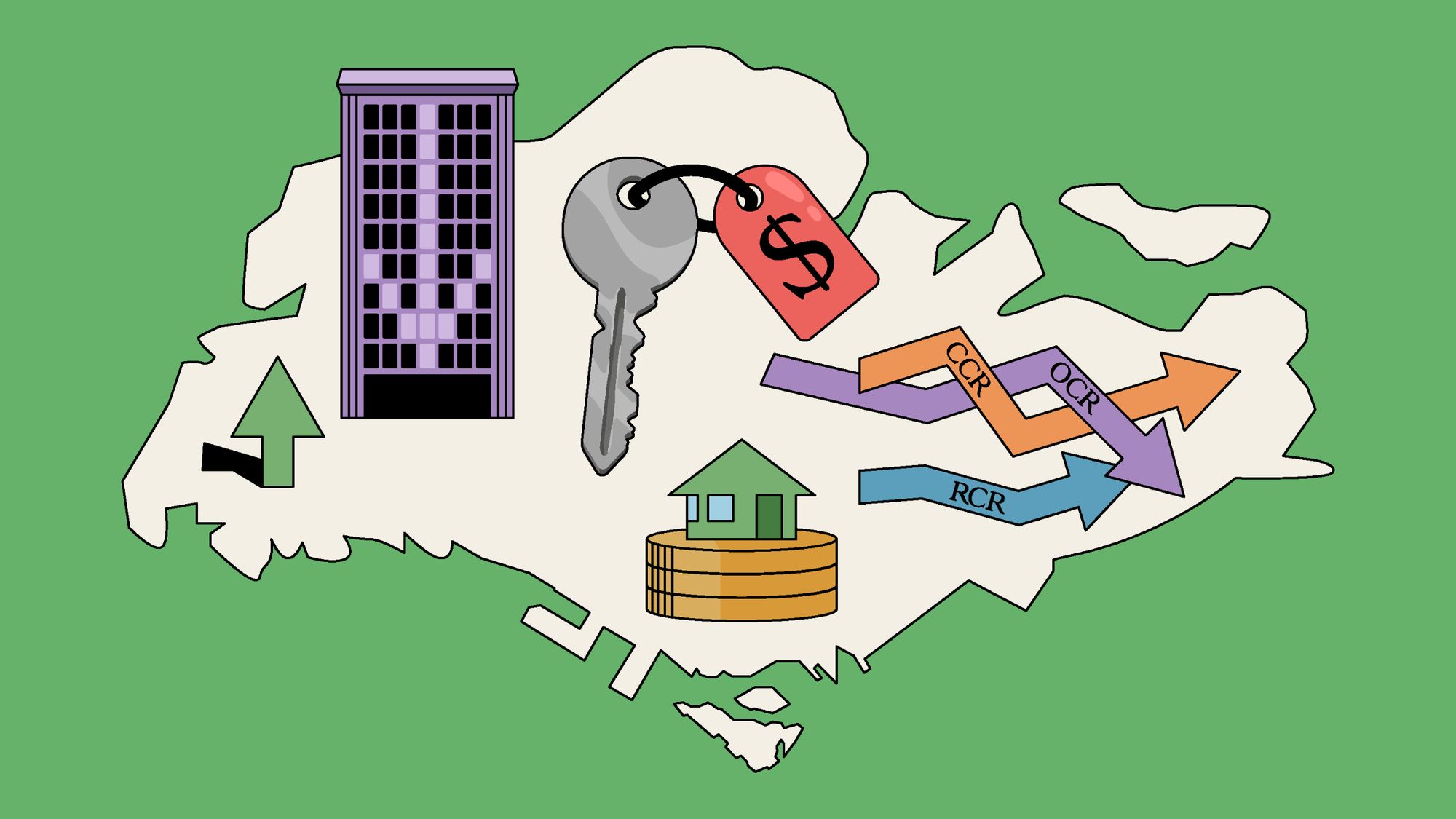
Property Market Commentary 2025 Year-End Review Of The Singapore Property Market: What The Numbers Reveal
Latest Posts
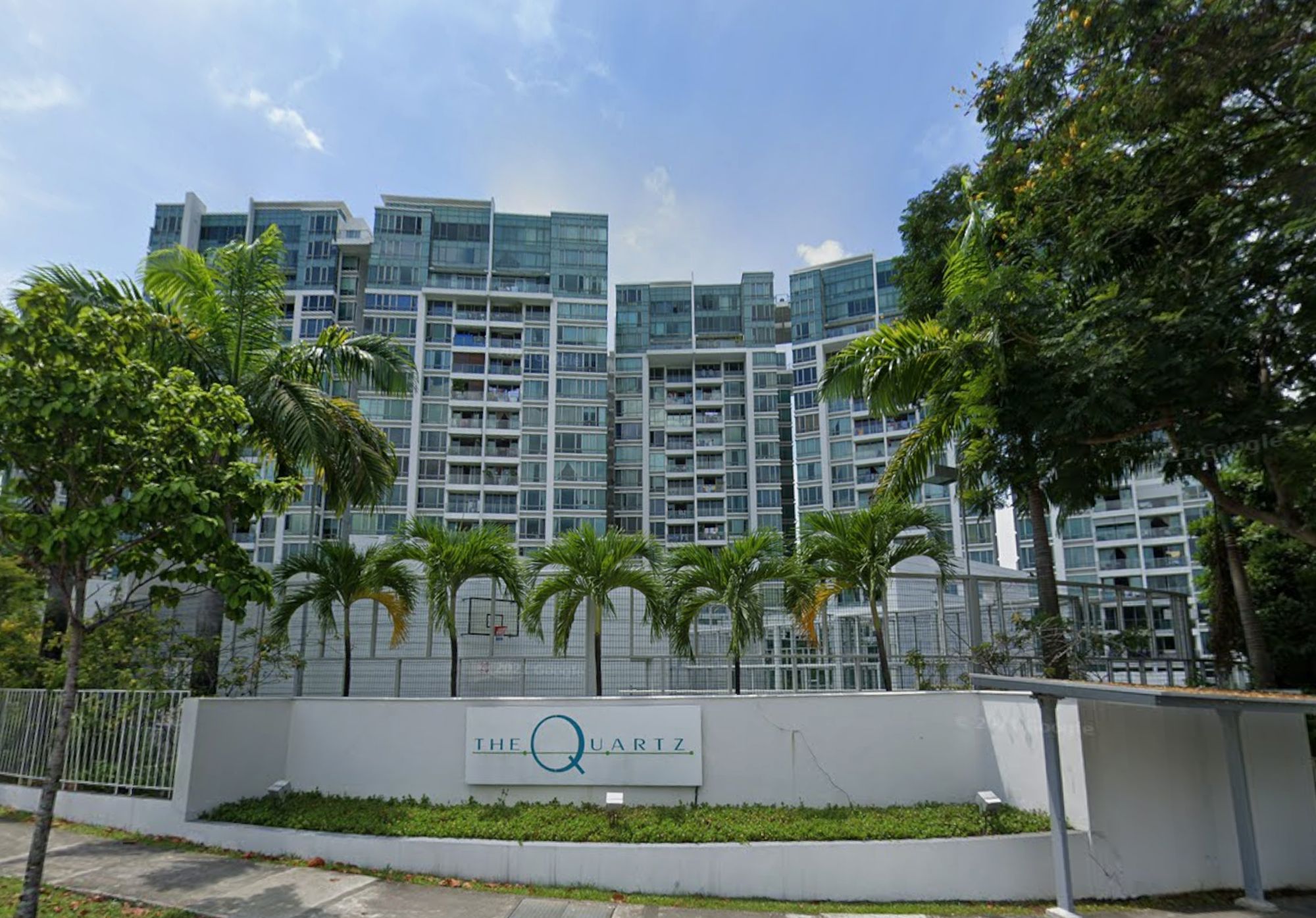
Pro How A 625-Unit Heartland Condo Launched In 2006 Became One Of 2025’s Top Performers
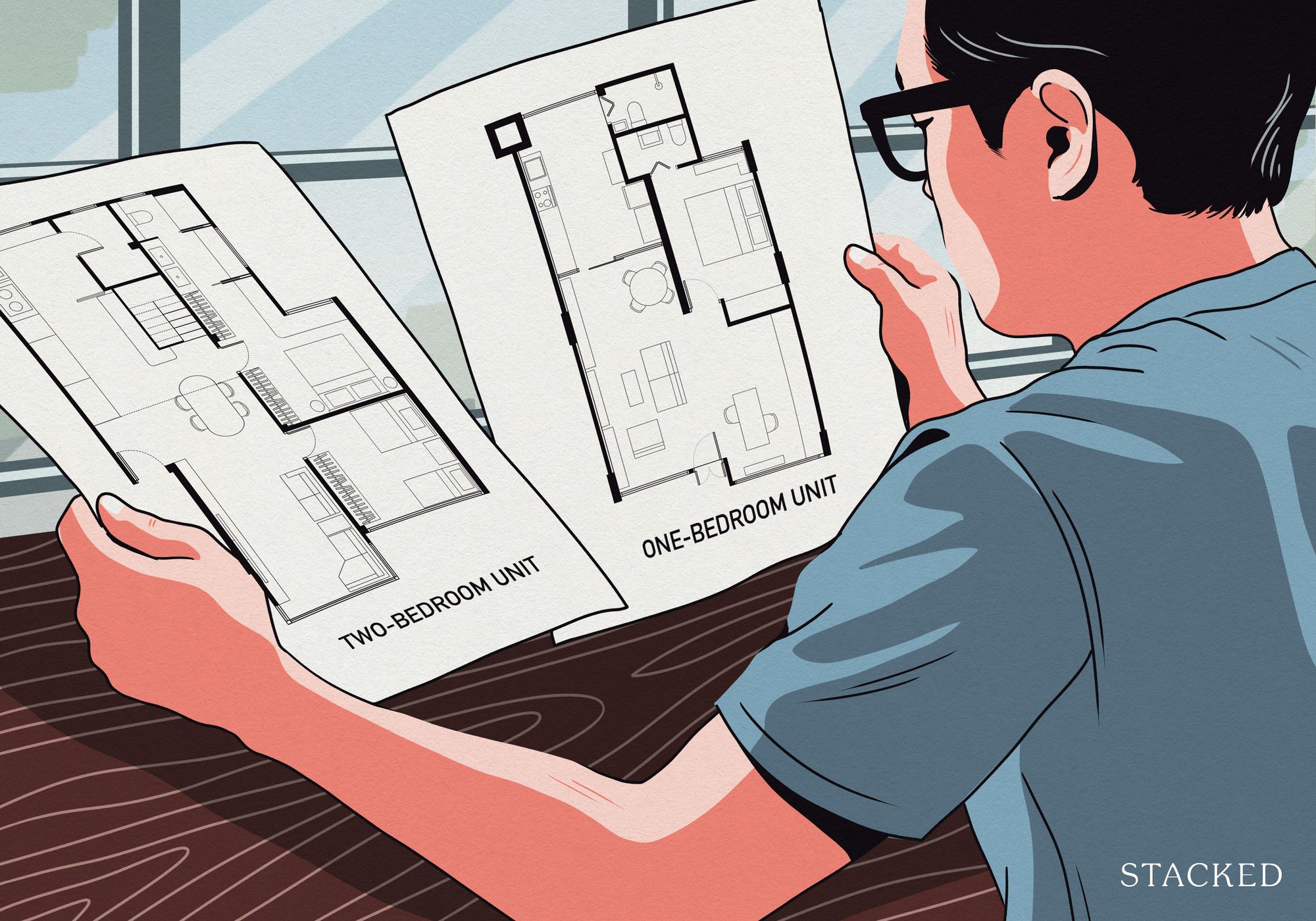
Property Investment Insights Does Buying A One-Bedroom Condo Still Make Sense As An Investment In 2026

Singapore Property News This HDB Just Crossed $1.3M For The First Time — In An Unexpected Area

Singapore Property News “I Never Thought I’d Be Sued by a Tenant.” What Long-Time Landlords in Singapore Miss
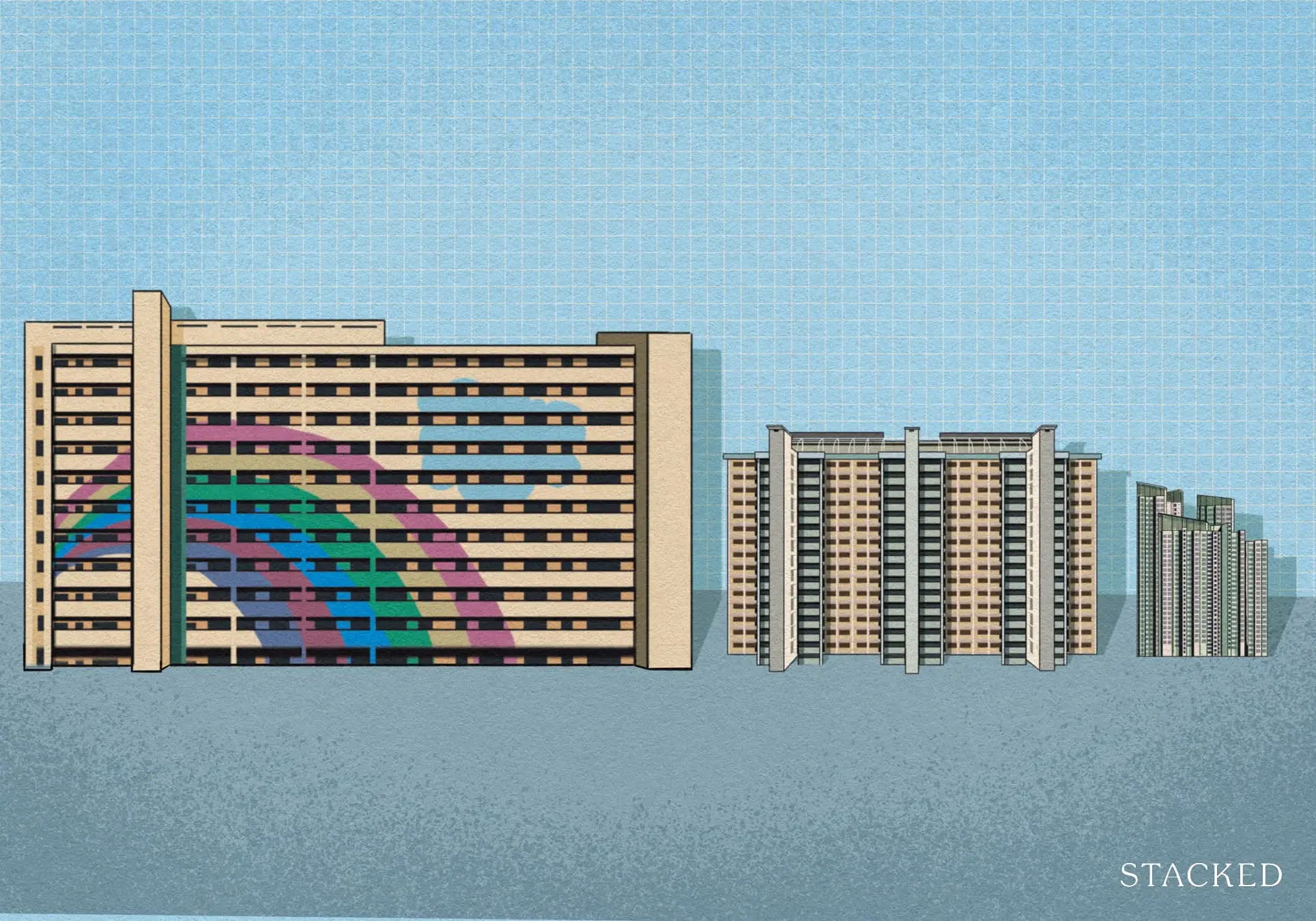
Singapore Property News HDB Resale Prices Finally Slowed in 2025 — Will It Continue in 2026?
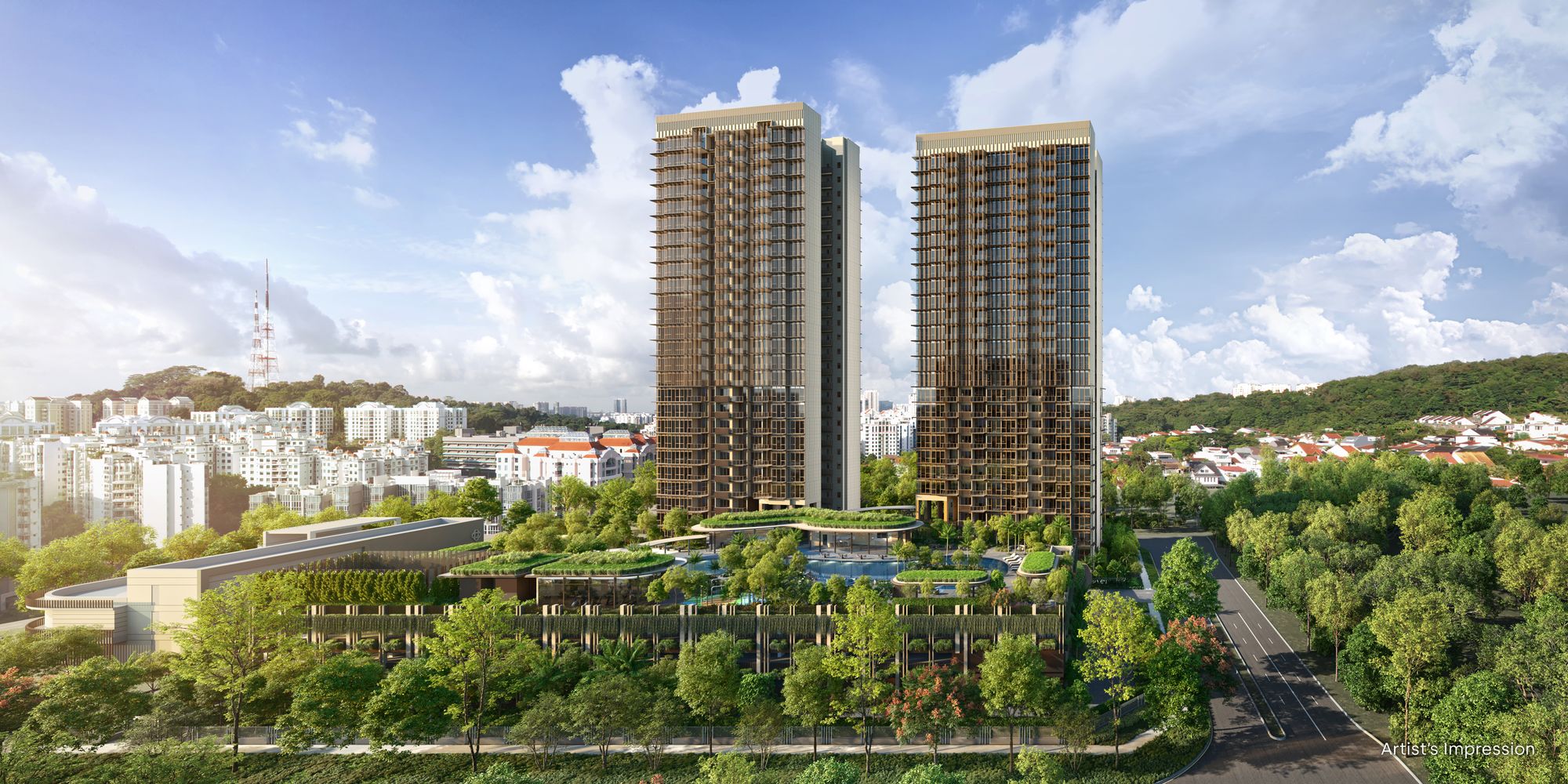
Singapore Property News Breaking News: District 23 Condo Sells Out In Under Two Years At $2,120 Psf Average

On The Market Here Are The Cheapest 3-Bedroom Condos in Central Singapore You Can Still Buy From $1.15M

Pro This 21-Year-Old Condo Didn’t Sell Out Initially, Yet Became A Top Performer

Editor's Pick What I Only Learned After My First Year Of Homeownership In Singapore

Singapore Property News Why More Land Doesn’t Automatically Fix Housing In Singapore

On The Market Here Are The Cheapest 4-Room HDB Flats in Central Singapore You Can Still Buy From $490K

Editor's Pick Should We Buy An Old 99-Year Leasehold Condo To Live In: Will It’s Value Fall When The Lease Runs Out?

Pro How A Once “Ulu” Condo Launched In 1997 Became A Top Performer

Editor's Pick I Reviewed A New Launch 4-Bedroom Penthouse At Beauty World

Editor's Pick Why Singaporean Families Are Looking At This Landed Enclave From Around $4M


